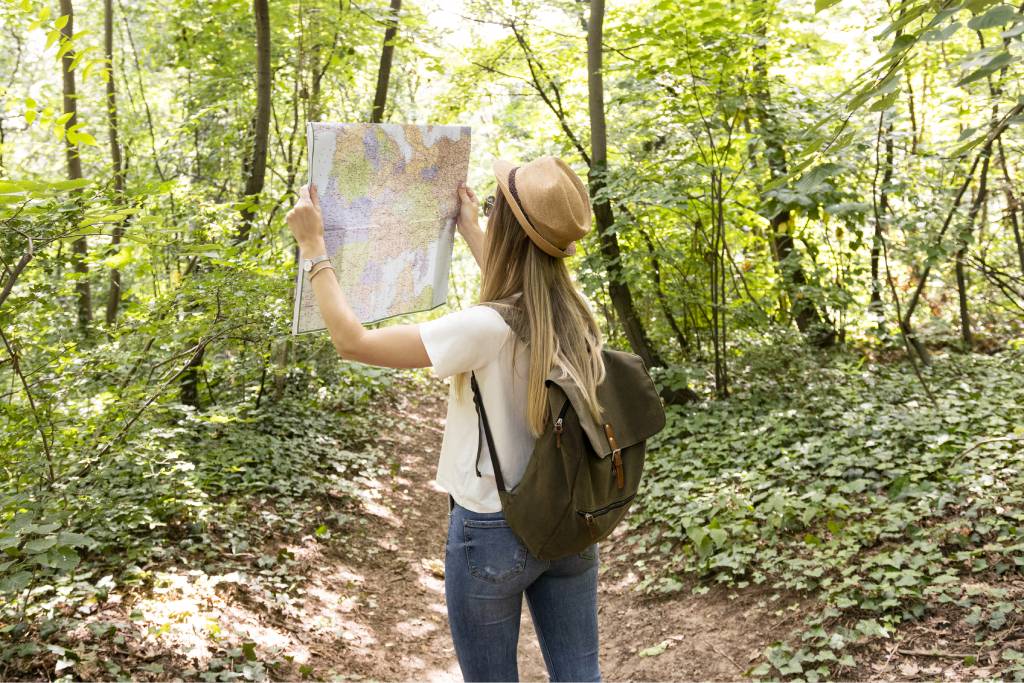
The allure of the jungle is undeniable, with its lush vegetation, exotic wildlife, and an air of mystery. However, beneath its captivating beauty lies a challenging environment that demands respect and careful preparation. To fully enjoy your jungle adventure and return safely, it’s crucial to prioritize safety and be well-informed about the unique challenges the jungle presents.
Understanding the Jungle Environment
Types of Jungles:
Jungles come in various forms, including rainforests, tropical jungles, temperate forests, and more. Each type has its own distinct characteristics and demands specific precautions.
Climate, Terrain, and Biodiversity: Jungles are known for their hot and humid climates, dense foliage, and diverse ecosystems. These conditions can make navigation and survival more challenging.
Potential Dangers: The jungle is home to a myriad of potential dangers, including venomous snakes, insects carrying diseases, unpredictable weather patterns, and hazardous plants. Understanding these threats is essential for your safety.
Preparation and Planning
Before embarking on a jungle adventure, meticulous planning is essential.
Research
Thoroughly research the specific jungle you plan to visit. Learn about its climate, flora, fauna, and potential hazards.
Permits and Permissions
Obtain any necessary permits and permissions to access the jungle legally. Respect local regulations and guidelines.
Itinerary: Create a detailed itinerary of your journey and share it with a responsible person who knows your plans and expected return date.
Essential Gear
Pack essential gear and supplies, including appropriate clothing, navigation tools (maps, compass, GPS), first-aid supplies, insect repellent, and a sturdy backpack.
Health and Safety Precautions

Your health and safety should be your top priority.
Vaccinations and Medical Preparations
Consult with a healthcare professional to ensure you have the necessary vaccinations and medications for the region you’re visiting.
Hydration and Water Purification
Stay hydrated and purify water from natural sources to prevent dehydration and waterborne illnesses.
Insect Protection
Protect yourself from insect bites by wearing long-sleeved clothing and using insect repellent.
Weather Considerations
Be prepared for the jungle’s heat and humidity, and know how to stay cool and hydrated in these conditions.
Common Jungle-Related Illnesses
Educate yourself about common jungle illnesses such as malaria, dengue fever, and heat-related conditions. Know their symptoms and how to seek treatment.
Jungle Navigation

Navigating the jungle requires skill and caution.
Maps and GPS
Learn how to read maps and use GPS devices to avoid getting lost.
Trails and Landmarks
Stick to established trails and learn to identify natural landmarks for orientation.
River Crossings
Crossing rivers and water bodies safely is crucial. Understand water currents and use appropriate techniques.
Avoiding Getting Lost
Carry a whistle or signal mirror and mark your trail to help rescuers find you if you get lost.
Wildlife Encounters

Wildlife encounters can be thrilling but potentially dangerous:
Animal Behavior
Understand the behavior of jungle animals to minimize the risk of dangerous encounters.
Risk Mitigation
Take precautions to avoid disturbing wildlife, which can lead to unpredictable reactions.
Encounter Response
Know how to react if you encounter a wild animal. In most cases, maintaining a safe distance and avoiding eye contact is advisable.
First Aid
Be prepared to provide first aid for wildlife-related injuries.
Jungle Survival Skills

In case of unexpected challenges:
Building Shelter
Learn how to construct a makeshift shelter to protect yourself from the elements.
Finding Food and Water
Know which jungle plants are safe to eat and how to find water sources.
Fire-Making Techniques
Master fire-making techniques for cooking, warmth, and signaling.
Signaling for Help
Carry signaling devices such as a whistle, mirror, or flare to alert rescuers in case of emergencies.
Communication and Emergency Response
Stay connected and be ready for emergencies:
Communication Devices
Carry communication devices like a satellite phone or emergency beacon.
Contact Local Authorities
Establish contact with local authorities or guides who can assist in emergencies.
Emergency Protocols
Know what to do in case of an emergency or injury, including first aid and evacuation procedures.
Leave No Trace Principles
Respect the jungle and minimize your impact:
Environmental Impact: Follow “Leave No Trace” principles to minimize your impact on the environment.
Waste Disposal: Properly dispose of waste and pack out what you pack in.
Respect for Wildlife and Plants: Observe wildlife from a safe distance and avoid damaging plants.
To stay safe in the jungle, thorough preparation, knowledge, and a respect for the environment are essential. By following these guidelines, you can fully enjoy your jungle adventure while minimizing risks and ensuring a safe return.